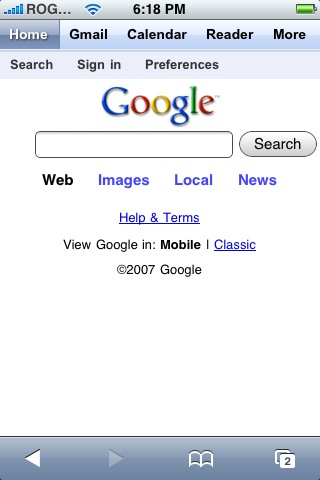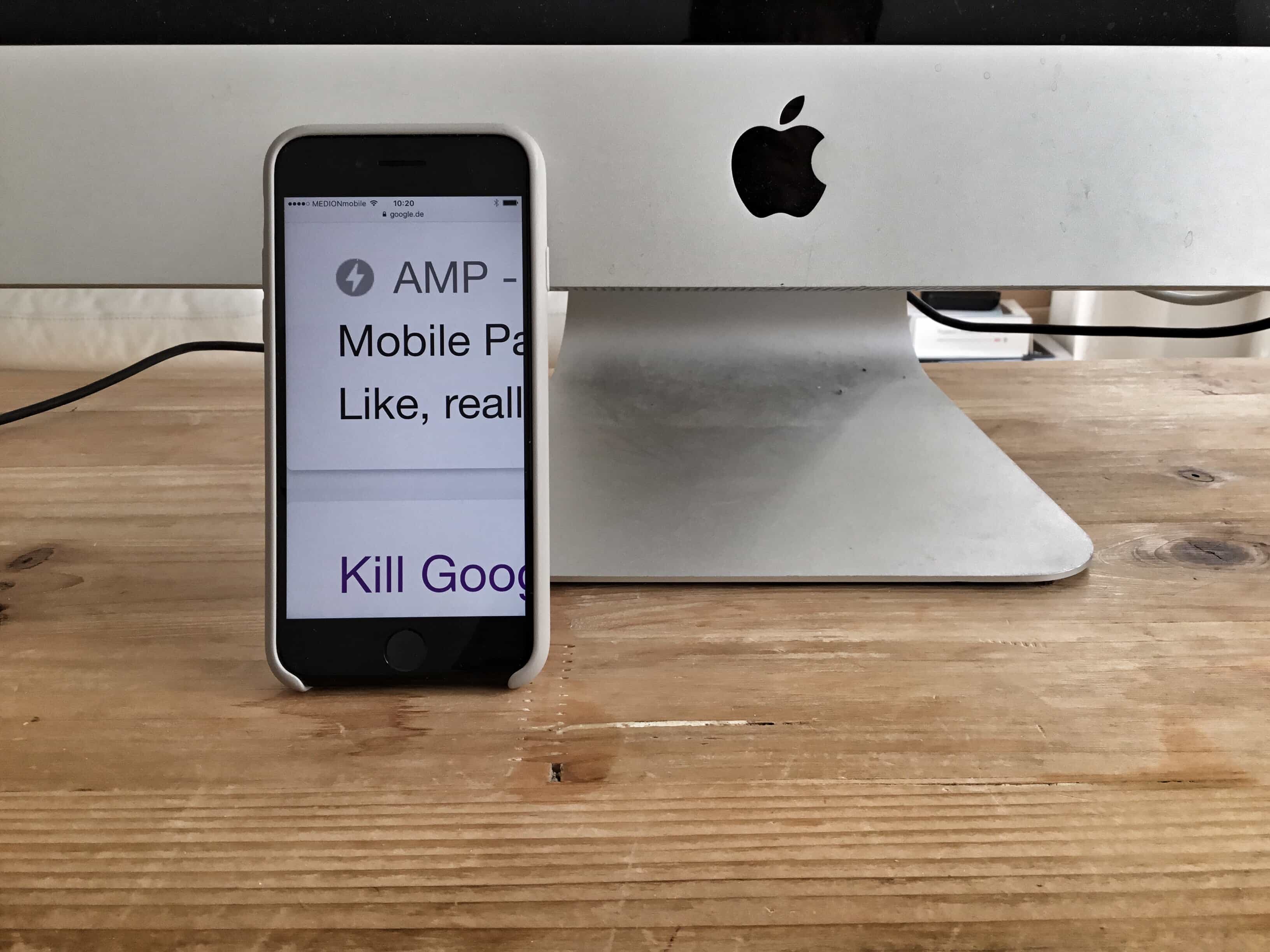

Winner: iPhone 14 Pro Max Google Pixel 7 Pro vs. It's a lot more thorough, but also far more distracting. The Pixel 7 Pro's AOD is a simple clock widget that appears in a single color, while the iPhone's is a dimmed version of your normal lock screen, including the clock, lock screen widgets and any notifications you have. Whether it’s color gamut coverage, color accuracy or overall brightness, the screen on the iPhone is better than the one on the Pixel 7 Pro.īoth phones also offer always-on displays, but they look quite different. In our display testing, we saw the iPhone bests the Pixel on every metric. Both phones feature adaptive 120Hz refresh rates. The iPhone has a flat screen, a slightly lower display resolution (but not so much that you’d notice), and includes that Dynamic Island at the top taking up some space instead of a punch-hole cutout. The Pixel's display has curved sides as we mentioned, and offers a QHD resolution. iPhone 14 Pro Max: DisplayĪpple and Google both picked 6.7-inch displays for their latest phones but from there, things diverge. Winner: Google Pixel 7 Pro Google Pixel 7 Pro vs. That said, the iPhone's flat sides and Dynamic Island are just as unique among phones as the Pixel's camera bar is, so whichever phone you pick, it's going to make a statement. It's definitely easier to hold the Pixel 7 Pro than the iPhone, as the curved back and screen make it less of an effort to reach across the display. More significantly, instead of a notch there's a Dynamic Island that floats away from the edge of the phone and can change shape to show you key info from your active apps it also houses the front camera and Face ID sensors. The rear camera block is larger than ever before and the bezels are slightly slimmer. In our testing, we found that the iPhone 14 could go from zero to 100 percent in about two hours, while the Pixel 7 was somewhere between an hour and a half and two hours.The iPhone 14 Pro Max is familiar to anyone who's seen the last couple of iPhone generations, but there are some differences still. The Pixel 7 gets 30W USB-C charging and up to 21W fast wireless charging (so long as you use a Pixel Stand), so you'll juice back up a bit faster. The iPhone 14 can only charge at up to 20W with a Lightning cable, 15W via MagSafe, or 7.5W with Qi wireless charging. Where the two phones differ is in recharging.
#GOOGLE V IPHONE HOW TO#
On the contrary, Apple knows how to do efficiency well, and it's proven that yet again with its latest iPhone. Obviously, on paper, the Pixel 7 should be an endurance champion when compared to the iPhone 14 and its considerably smaller battery. Neither of these are two-day phones, but there's nothing wrong with dependable all-day battery life.

You can typically get 12-13 hours of usage out of them, which is enough for most people.
#GOOGLE V IPHONE FULL#
The iPhone 14's 3,279mAh battery lasts about as long as the Pixel 7's 4,355mAh battery does on a full charge, which is to say comfortably all day for moderate to heavy users. fine - nothing exceptional by any means.īattery life and charging: Similar endurance, very different recharge speed The iPhone 14 gets Blue, Purple, Midnight, Starlight, and PRODUCT(RED). gray/silver/white), or Lemongrass (a.k.a. Google didn't opt for a two-tone finish on the back of the Pixel 7 series, so you're stuck with static Obsidian (a.k.a. It's hard to say which device has the best colors since they're all pretty boring. It gives it a premium feel, one that's not all common for a phone at this price point. The iPhone 14 is considerably lighter than the Pixel 7 at 172 grams versus 197 grams, but the extra heft from the Pixel 7 isn't entirely a bad thing. The Pixel 7 also ships with a simple hole-punch cutout and in-display fingerprint reader, while the iPhone 14 sticks with a notch and Face ID. Meanwhile, Apple's iPhone 14 sticks with a rounded display, flat sides, and a camera cluster in the top left-hand corner. Google's Pixel 7 opts for more rectangular corners, curved edges, and a horizontal camera layout. The differences come into play when you place them side-by-side. But beyond those changes, you'd be hard-pressed to tell the difference between it and the Pixel 6 from last year. It swapped the glass camera visor on the back for one made of aluminum, and the volume and power buttons have been shifted down slightly. Google took a similar path with the Pixel 7. models are not compatible with physical SIM cards) Secondary: 12MP ultra-wide, f/2.4, 120-degree.Secondary: 12MP ultra-wide, f/2.2, 114-degree.


 0 kommentar(er)
0 kommentar(er)
